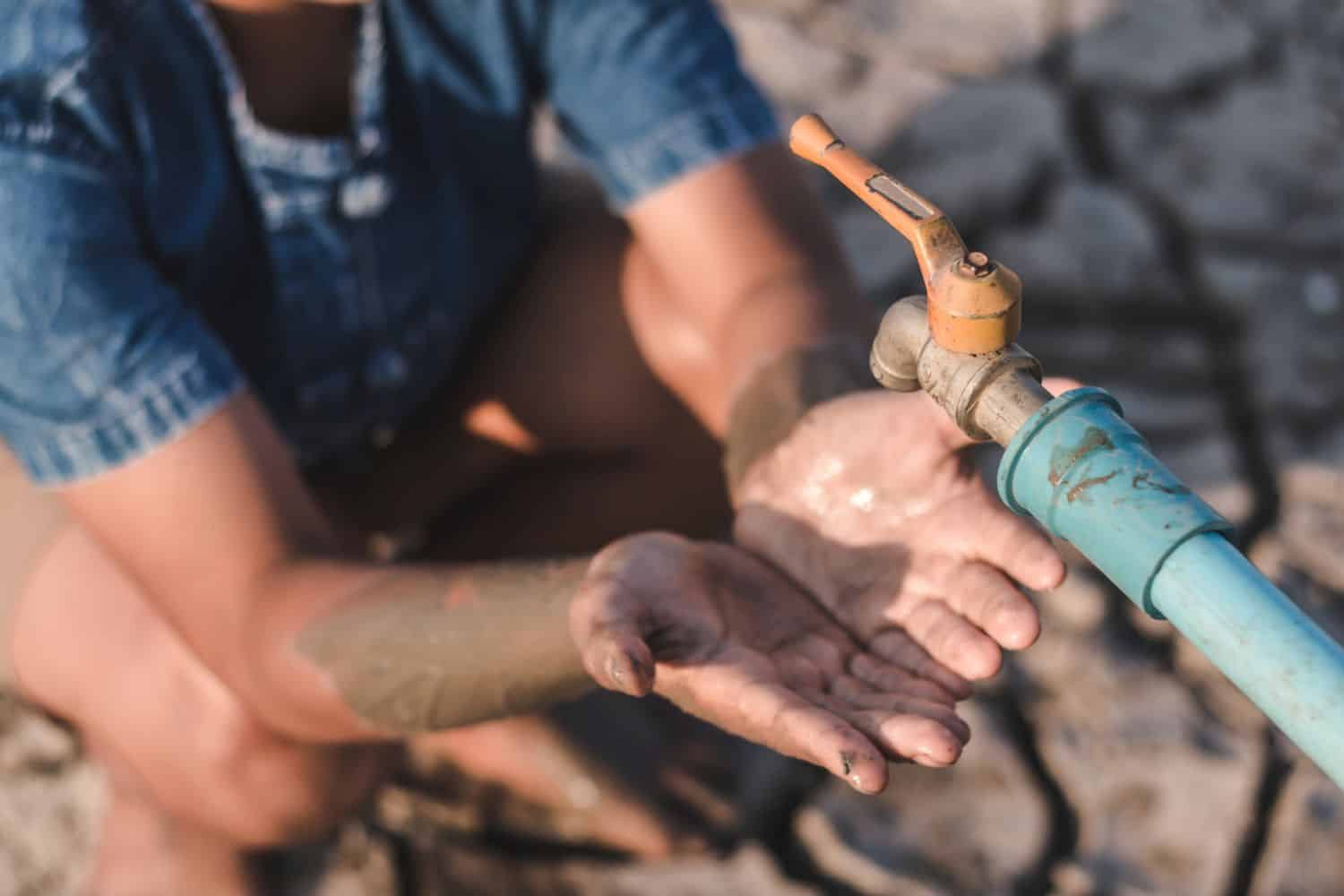Rand Water to invest R40 billion in the next five years on water projects.

Residents of Gauteng do not go a full month without waking up to dry taps, sometimes due to maintenance, sometimes because there’s a pipe burst. But without fail, parts of the province will go days without water each month.
The issue appears persistent, as millions more rands are needed to repair it.
CEO of Rand Water, Sipho Mosai, said the outages are not because South Africa does not have enough water, but due to maintenance recovery and other challenges further down the supply chain.
ALSO READ: 21-day water disruptions in Joburg from next week
Rand Water distribution
Rand Water is the largest bulk water utility in Africa, supplying water to Gauteng, parts of the Mpumalanga, Free State and North West provinces.
The water utility is responsible for purifying and distributing large volumes of water, which it then sells to municipalities, who are then expected to handle distribution to households.
Addressing attendees at the PSG Think Big webinar on Tuesday, Mosai said the water utility will be investing at least R40 billion in water projects over the next five years.
Water frustrations
Mosai added that the rising pressure on the country’s water system is due to ageing infrastructure, illegal connections and poor municipal governance.
He said the daily per capita water consumption in the country has increased to 290 litres, raising concerns about sustainability.
“We do not have a bulk water crisis. What we as a bulk utility are putting into the system is way above the world average.”
ALSO READ: ‘If you don’t want to pay more, use less’: Parliament debates new water caps for farmers
Pressure on infrastructure
Mosai said the increase in daily water usage is putting a lot of pressure on infrastructure, and the problem is getting worse because municipalities have not spent enough on maintenance and are losing a lot of water through leaks or other issues.
“The maintenance that we’re doing now is exactly that – we are going into our infrastructure to ensure its resilience. And unfortunately, as we do so, we have to take certain systems out.”
Recent maintenance outages have triggered public frustration around poor communication and slow service restoration, but Mosai pushed back on suggestions of poor execution.
“All the maintenance schedules were completed on time. The system takes time to recover, and the recovery time varies depending on your location. Low-lying areas normally receive water faster than high-lying areas.”
Water quality
Mosai also touched on water quality, stating: “We supply some of the best drinking water in the world. We compare our water with the World Health Organisation standard and comply with SANS 241, part of our commitment to supply safe drinking water to our consumers. So, if anybody tells you that the water quality from Rand Water is substandard, just take that as misinformation.”
He acknowledged that the root cause of the problem is at the municipal level, not at the water utility. He stated that this has been substantiated by reports, citing national water strategies and the department of Water and Sanitation’s blue-drop, no-drop, and green-drop assessments as evidence of deep-rooted issues that fall outside Rand Water’s purview.
However, the water utility has come up with solutions to some of the challenges. They have established special-purpose vehicles with municipalities to tackle infrastructure failures and non-revenue water, which includes both technical losses and illegal connections.
ALSO READ: Burst Sandton pipe repaired, though water woes persists
R40 billion investment
Speaking on the utility’s large-scale capital projects, he said: “If you look at what we are investing in the next five years, from the bulk point of view, we’re talking R40 billion or so.”
This includes upgrades to wastewater treatment works and new capacity to meet future demand.
“We’re not going to be simply looking at maintenance; we are also looking at building new infrastructure to meet future demands. For example, Station 5 Water Treatment Plant has been instrumental in boosting the overall capacity of Rand Water operations, enabling us to supply an increasing population and provide reliable water services during periods of high-water demand.
“A major milestone in Rand Water’s infrastructure renewal and augmentation strategy to ensure a sustainable future water supply to its customers and municipalities across Gauteng.”
NOW READ: Giyani Water Project nears completion as additional R3 billion needed






